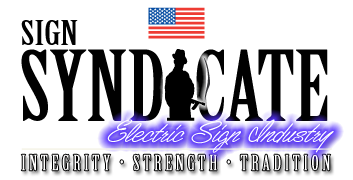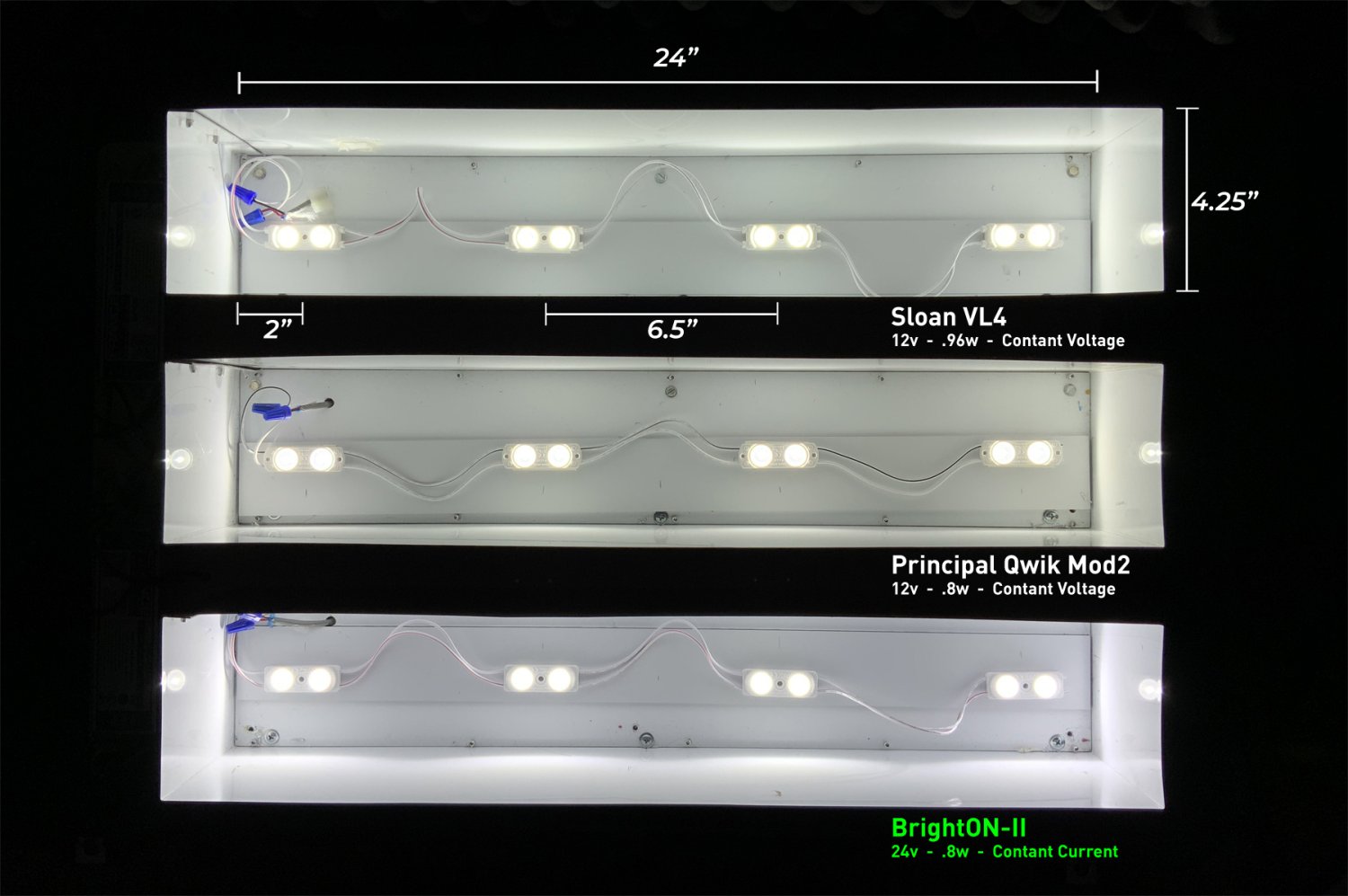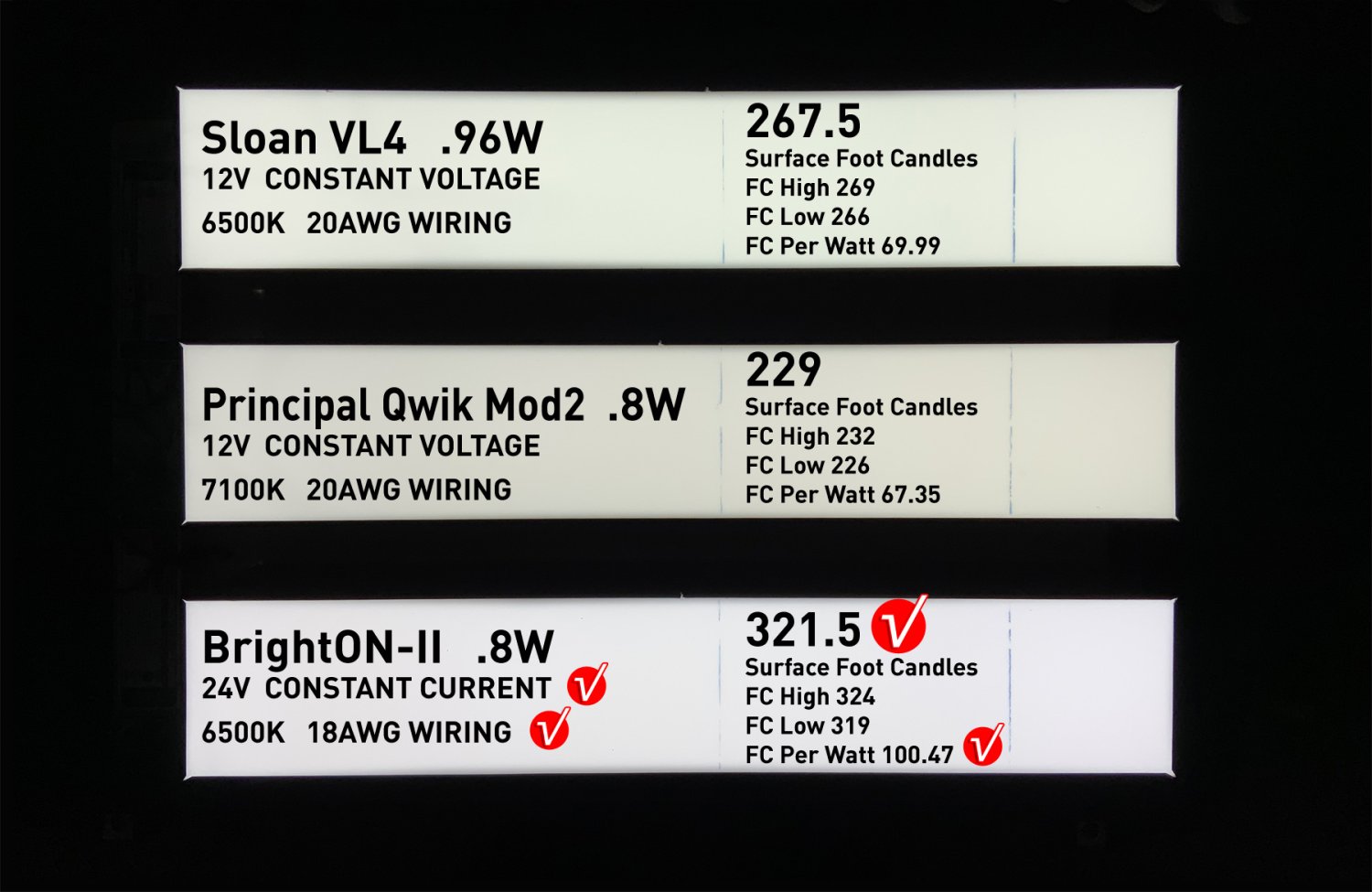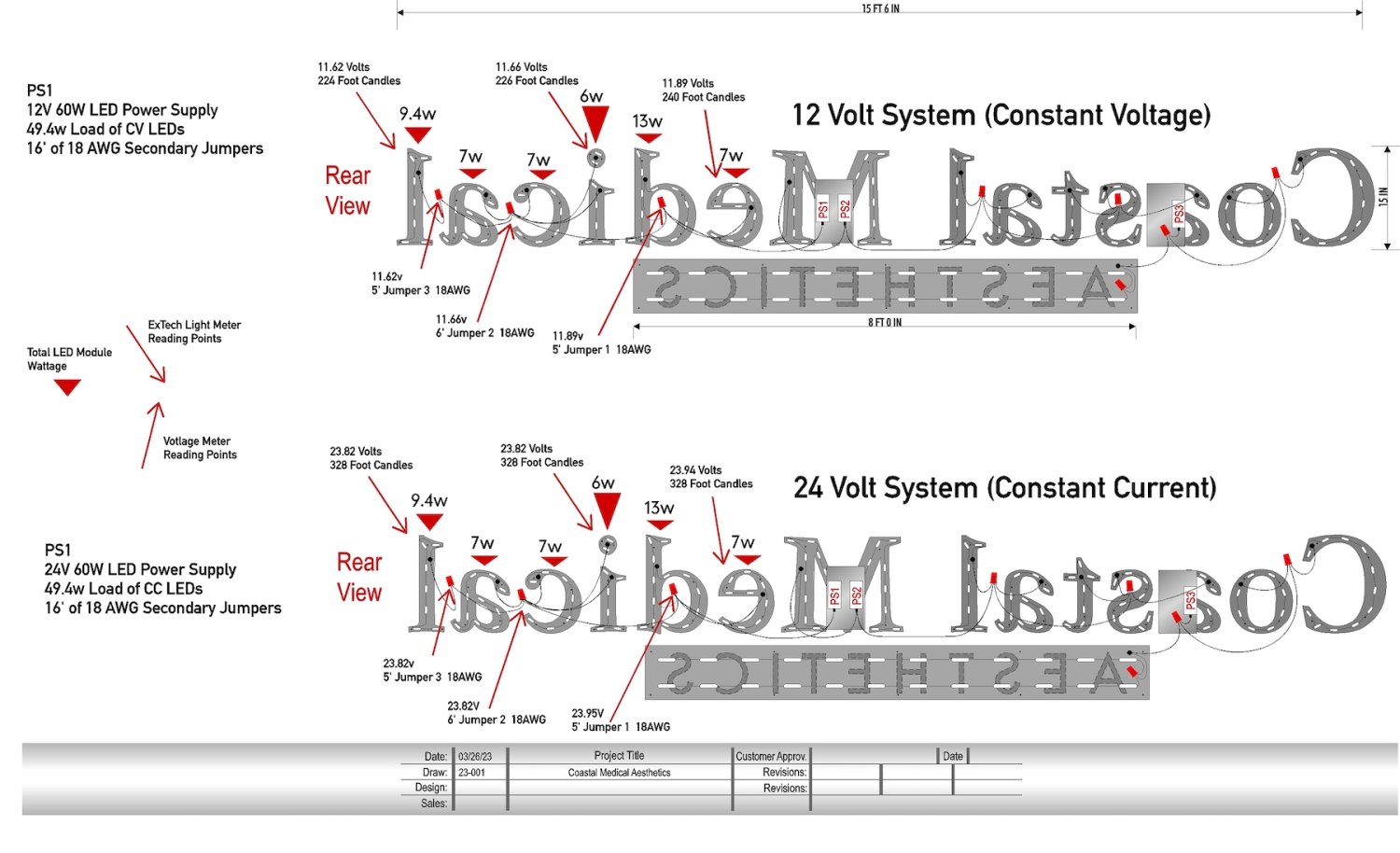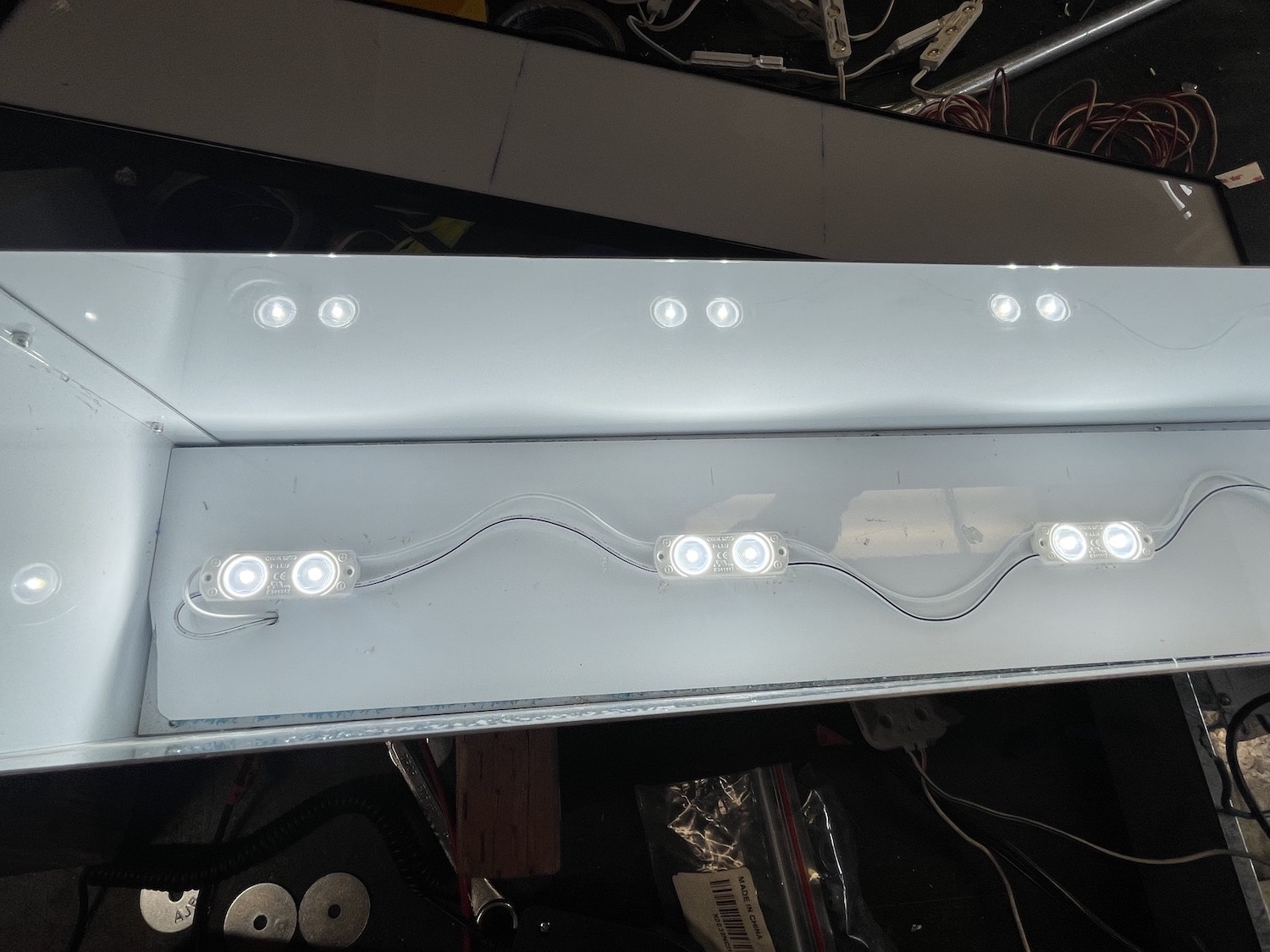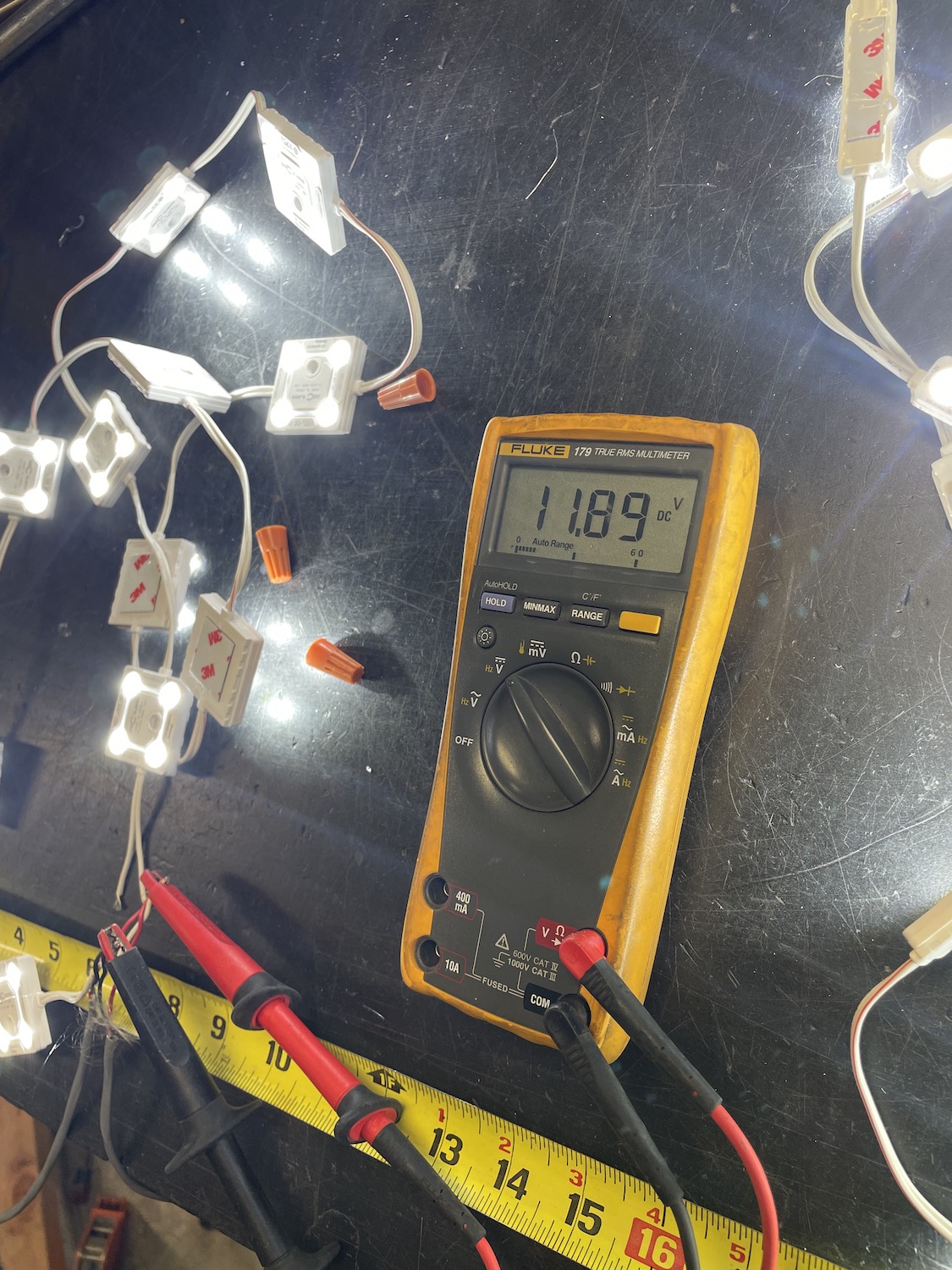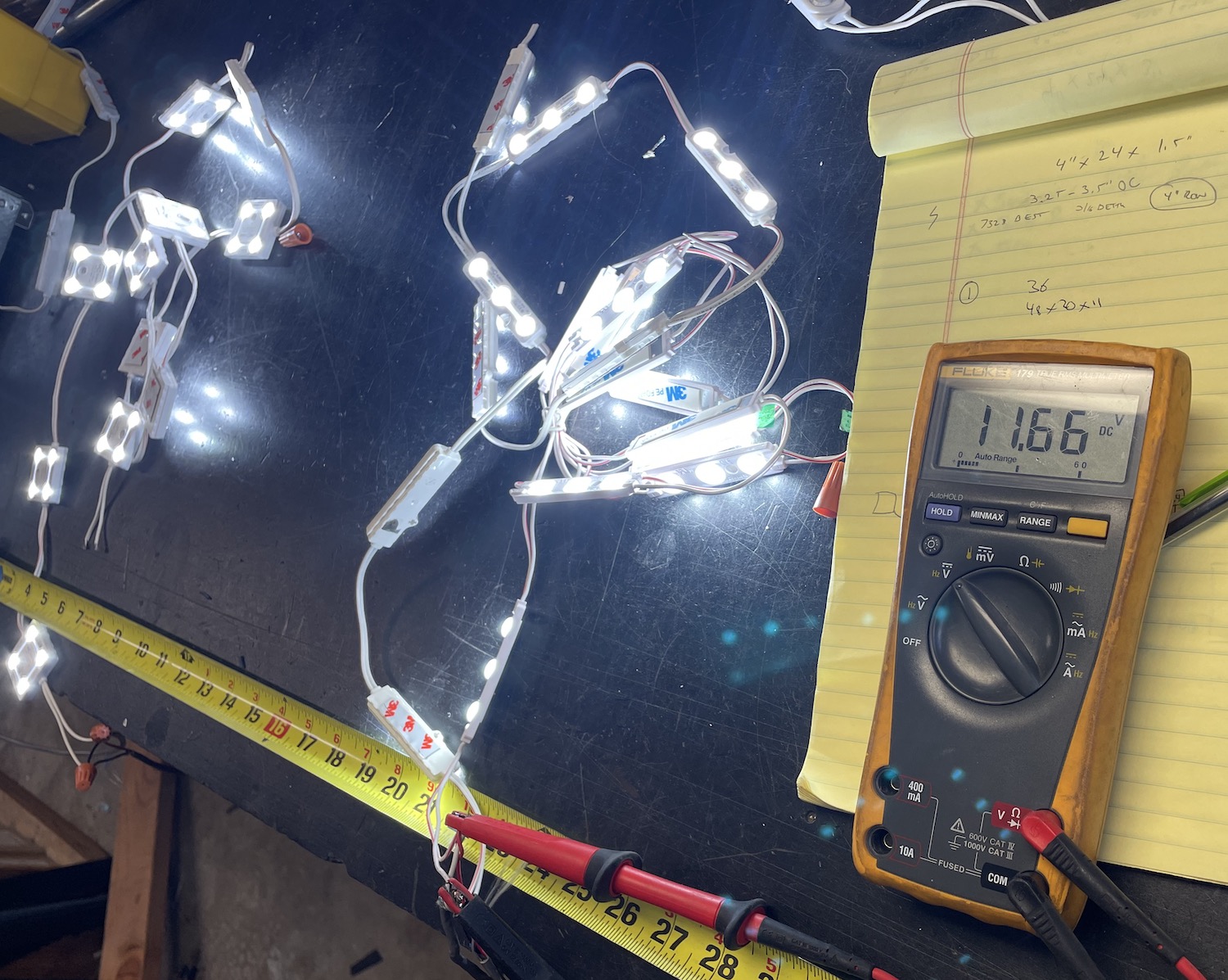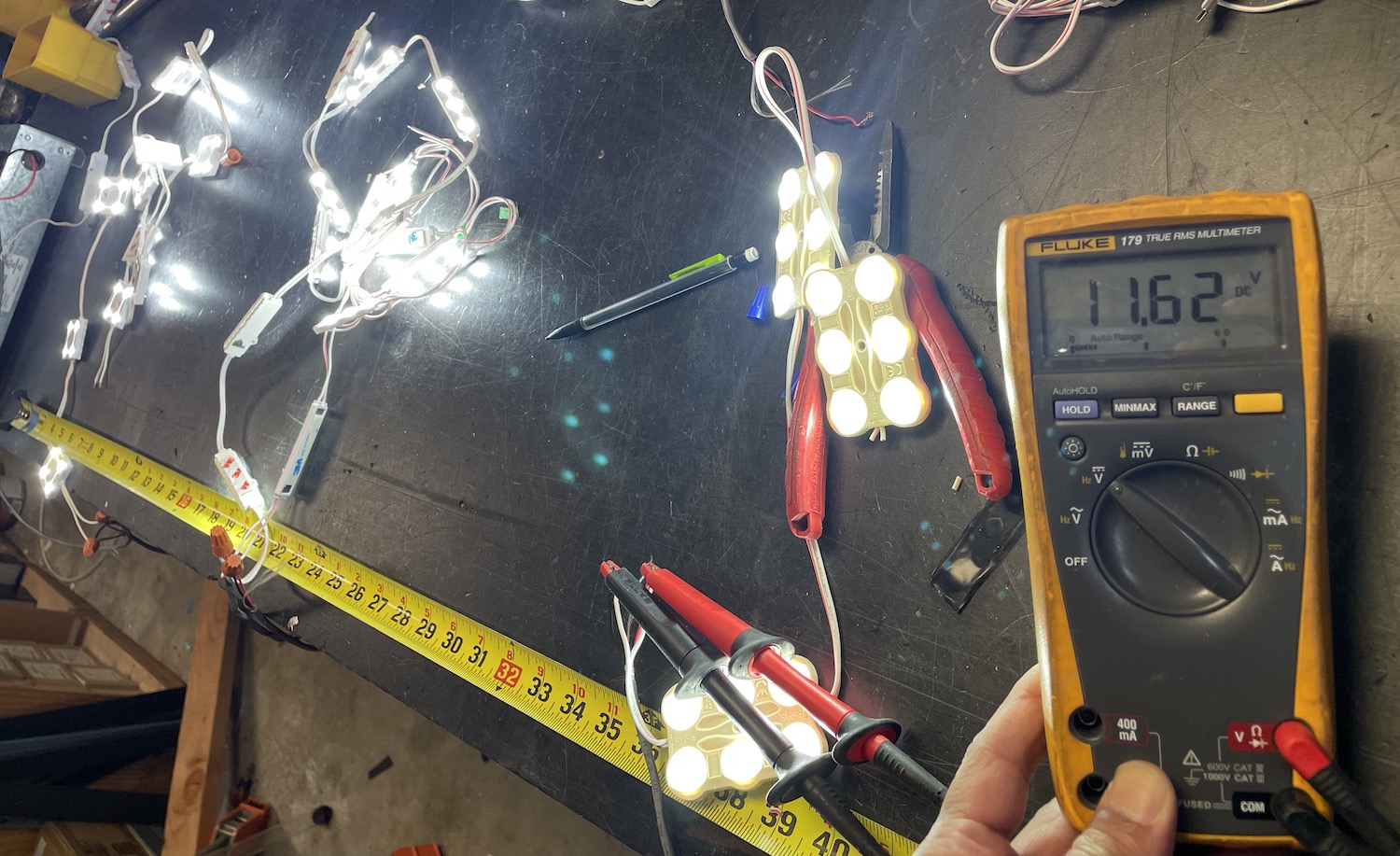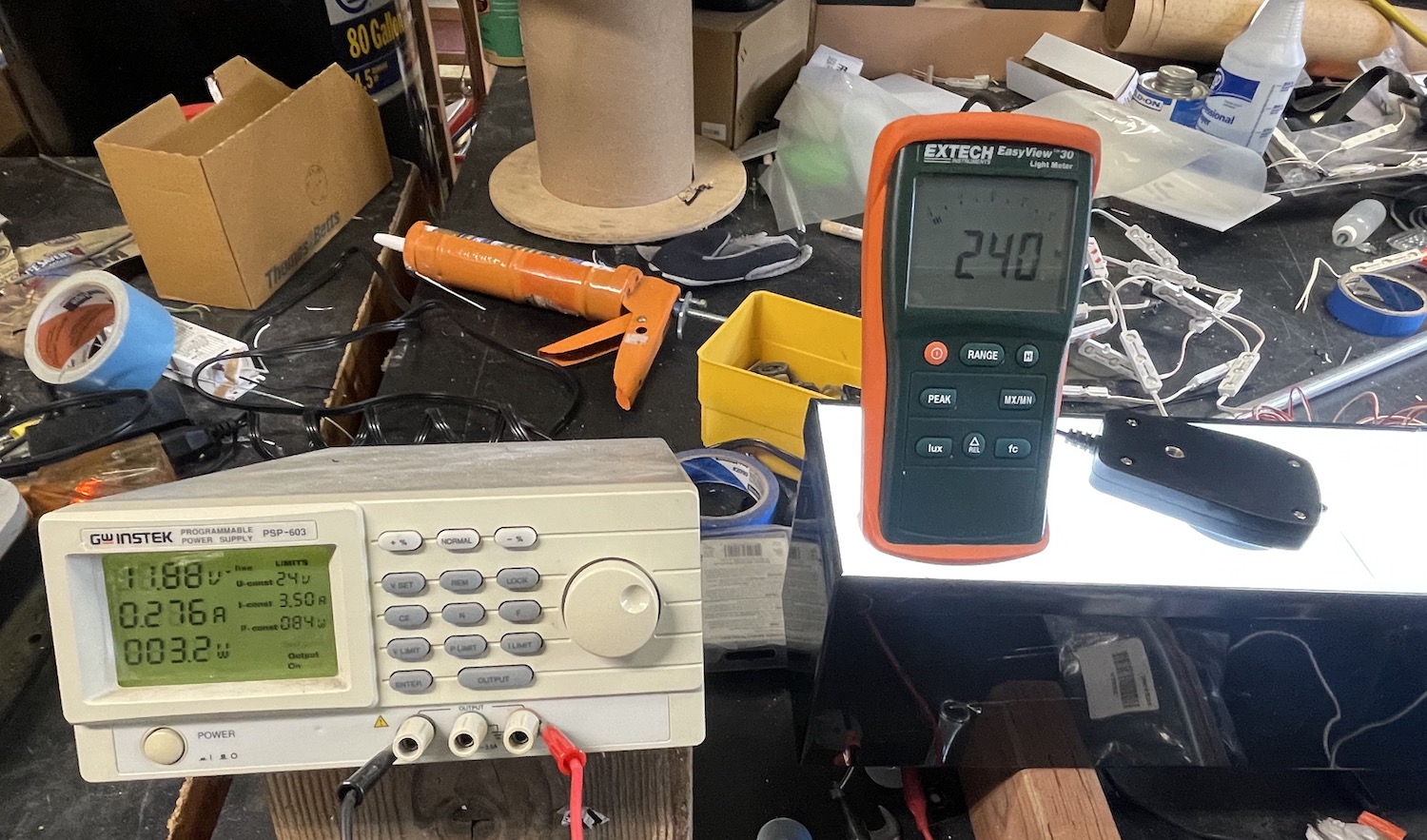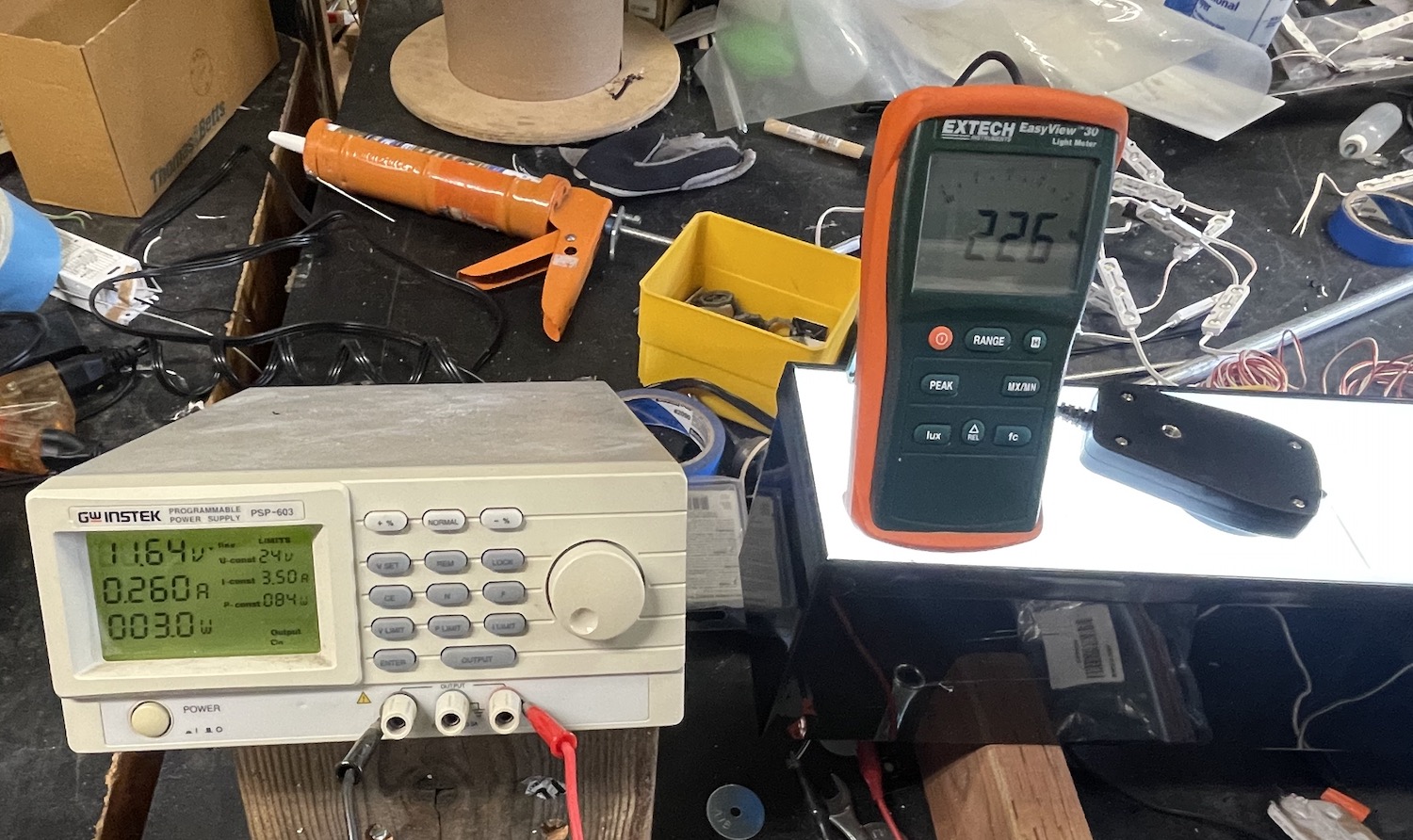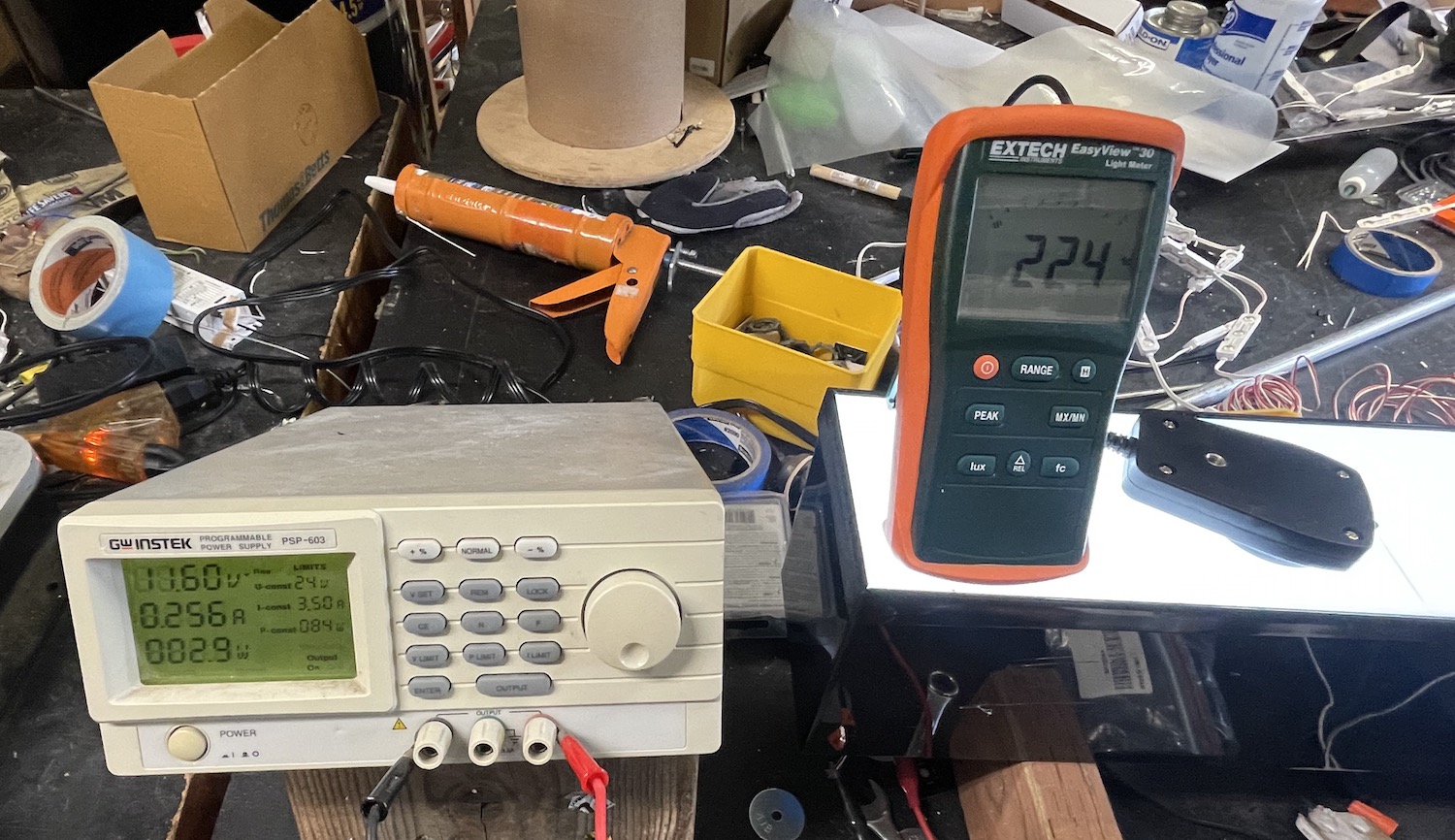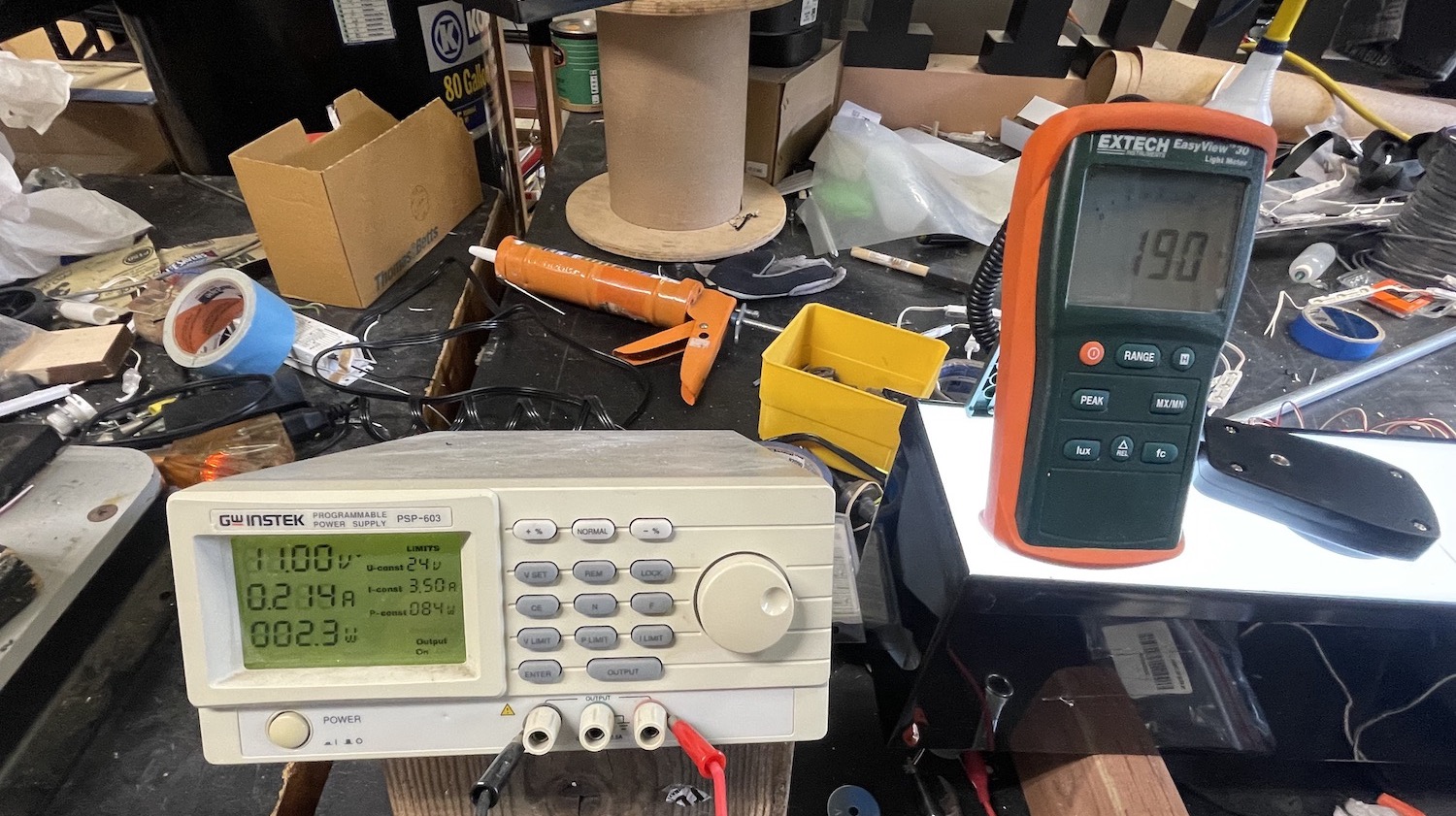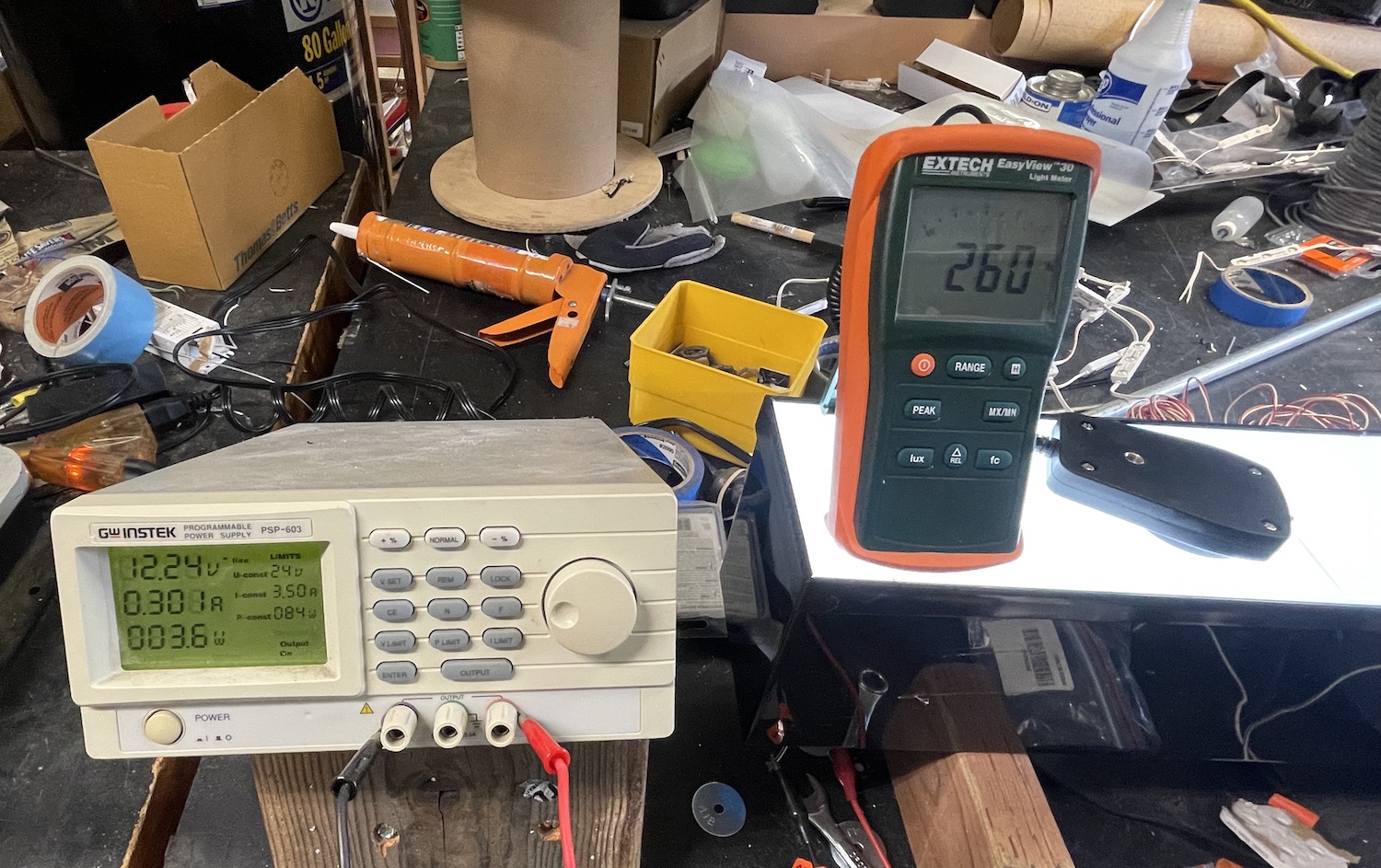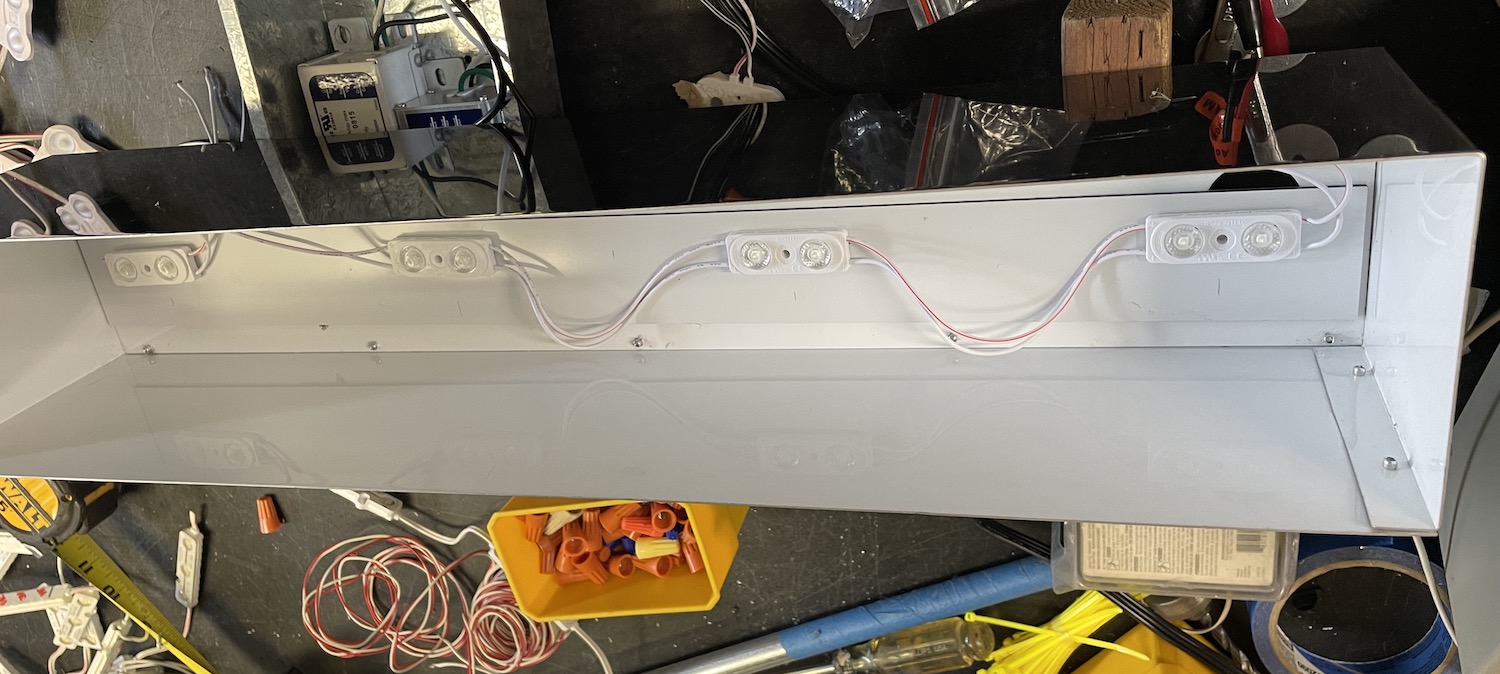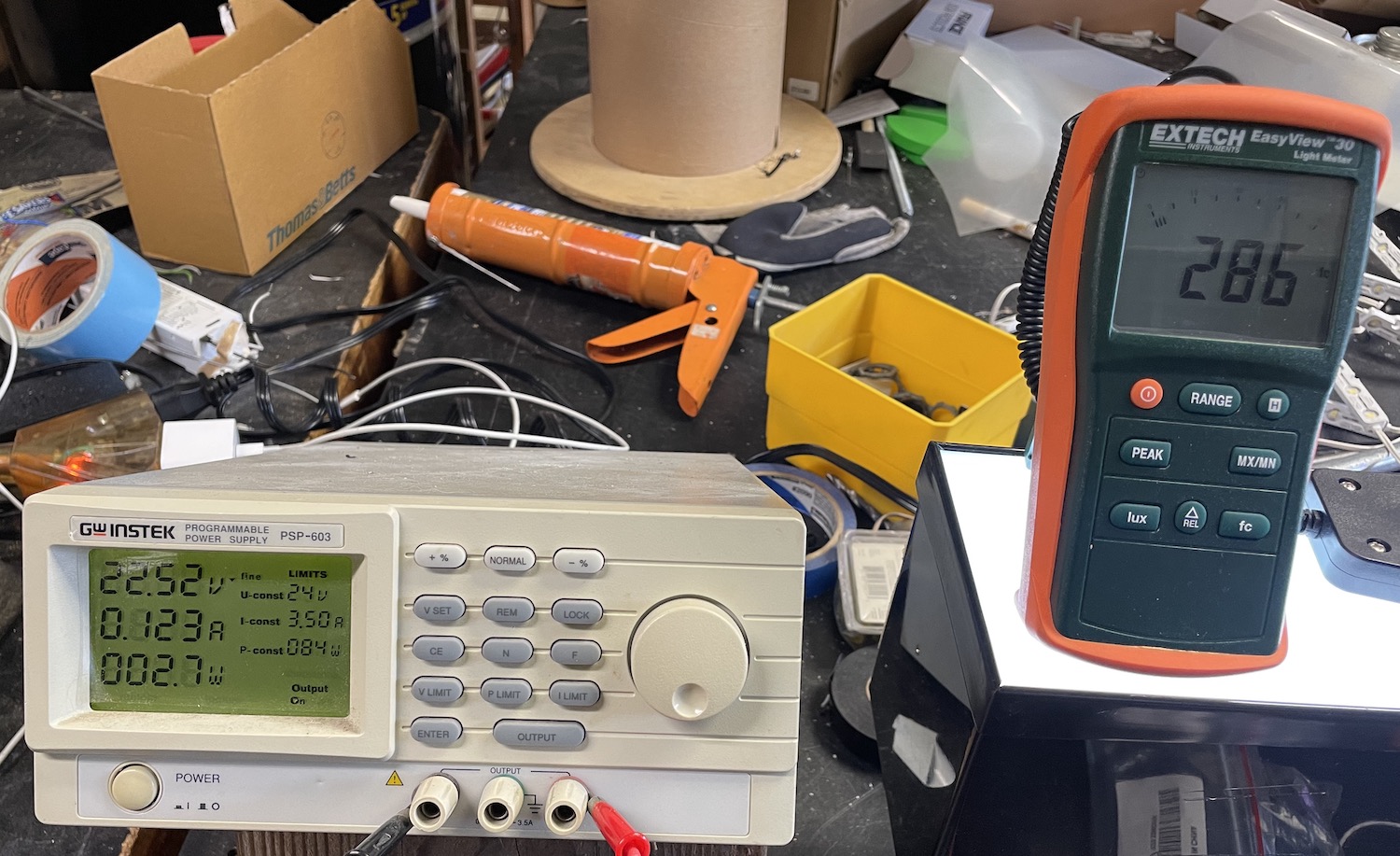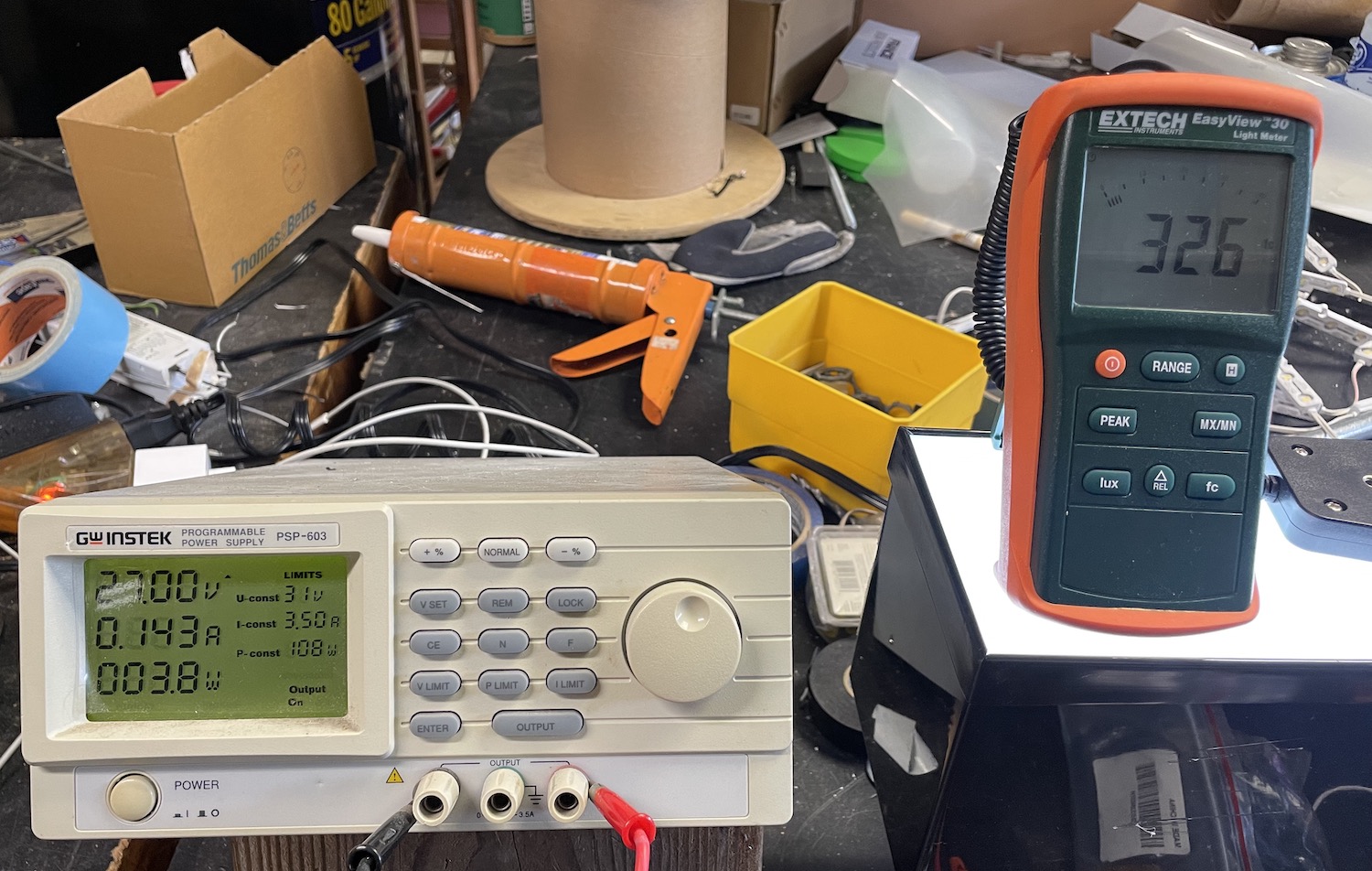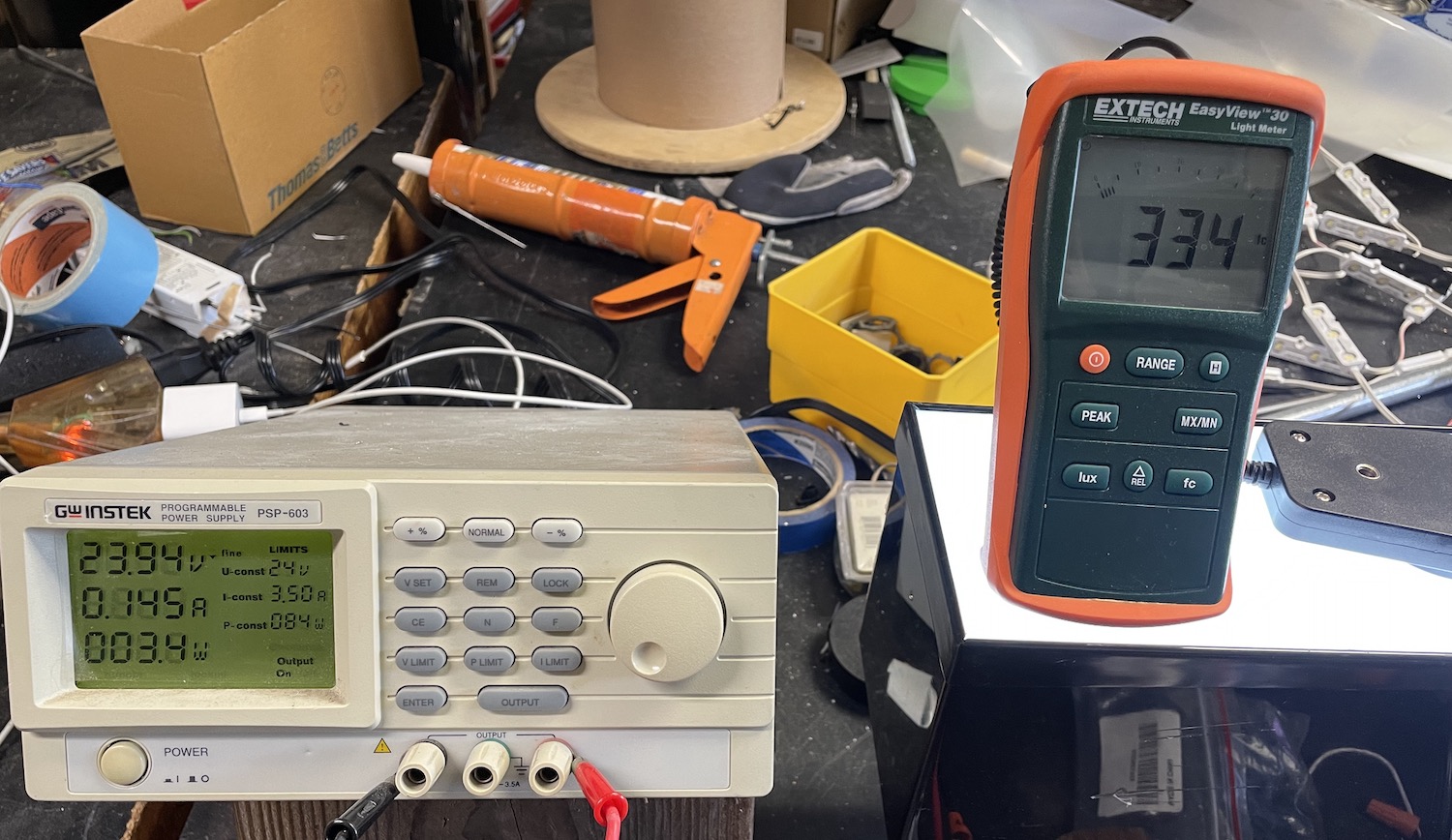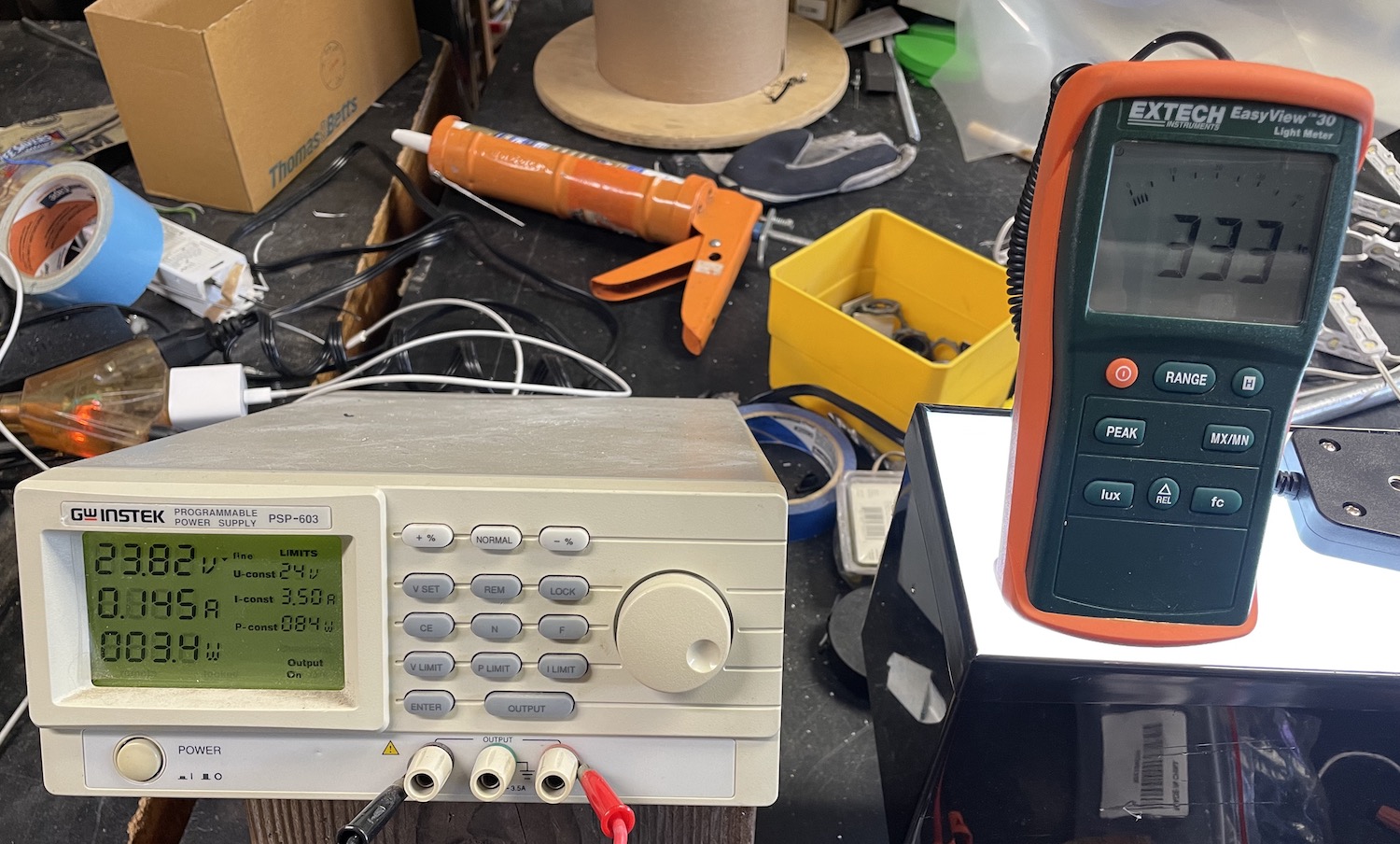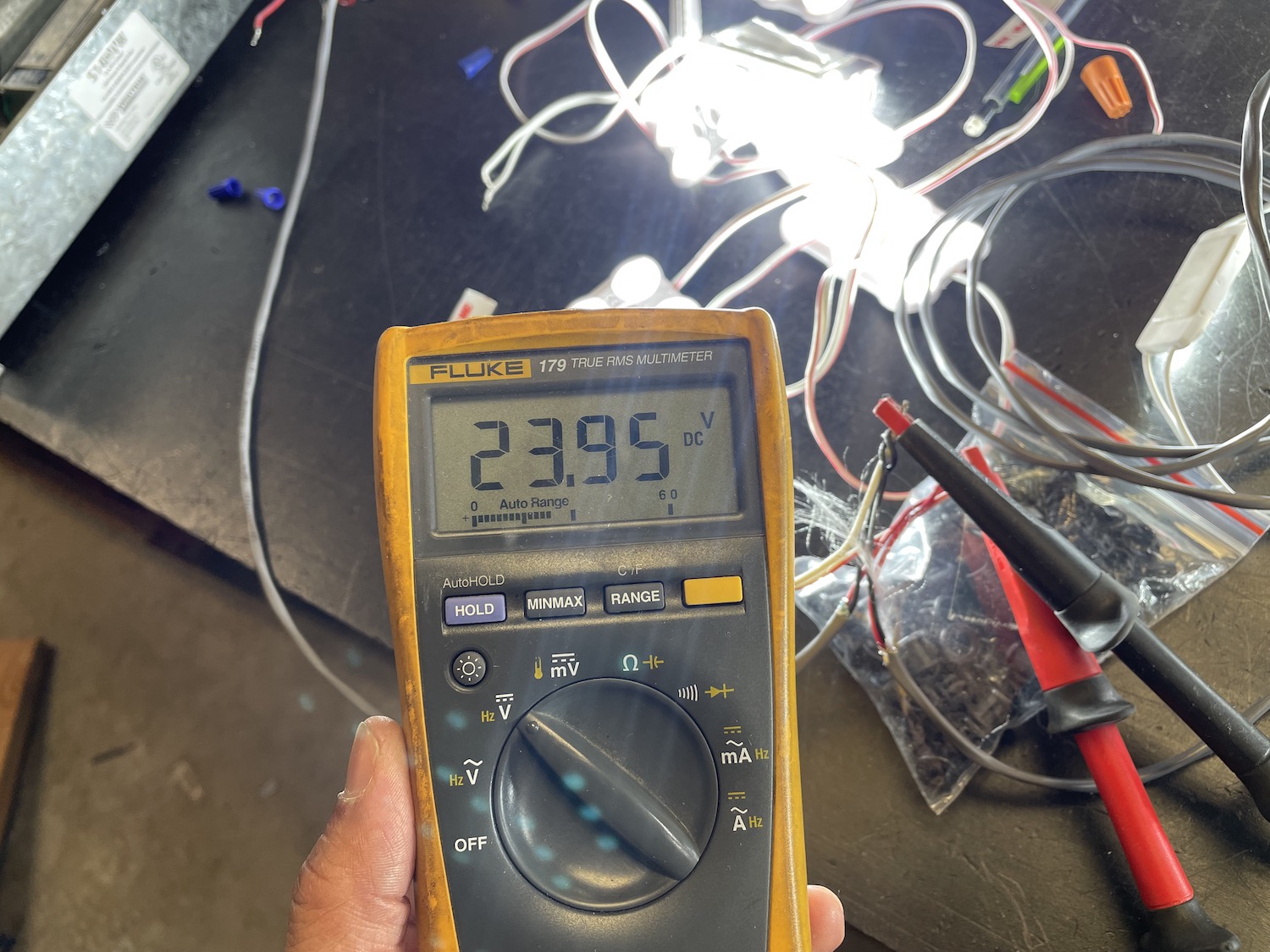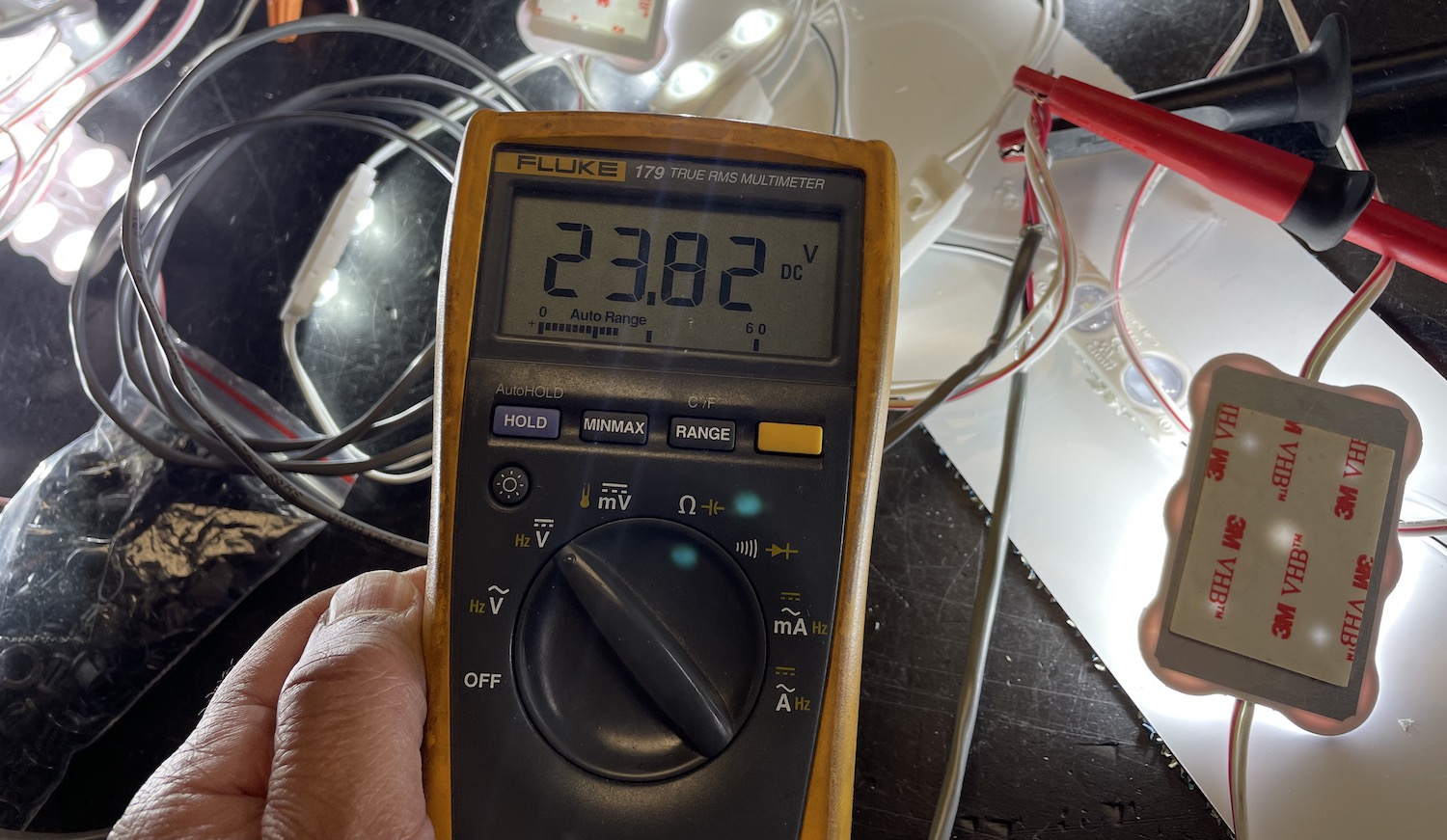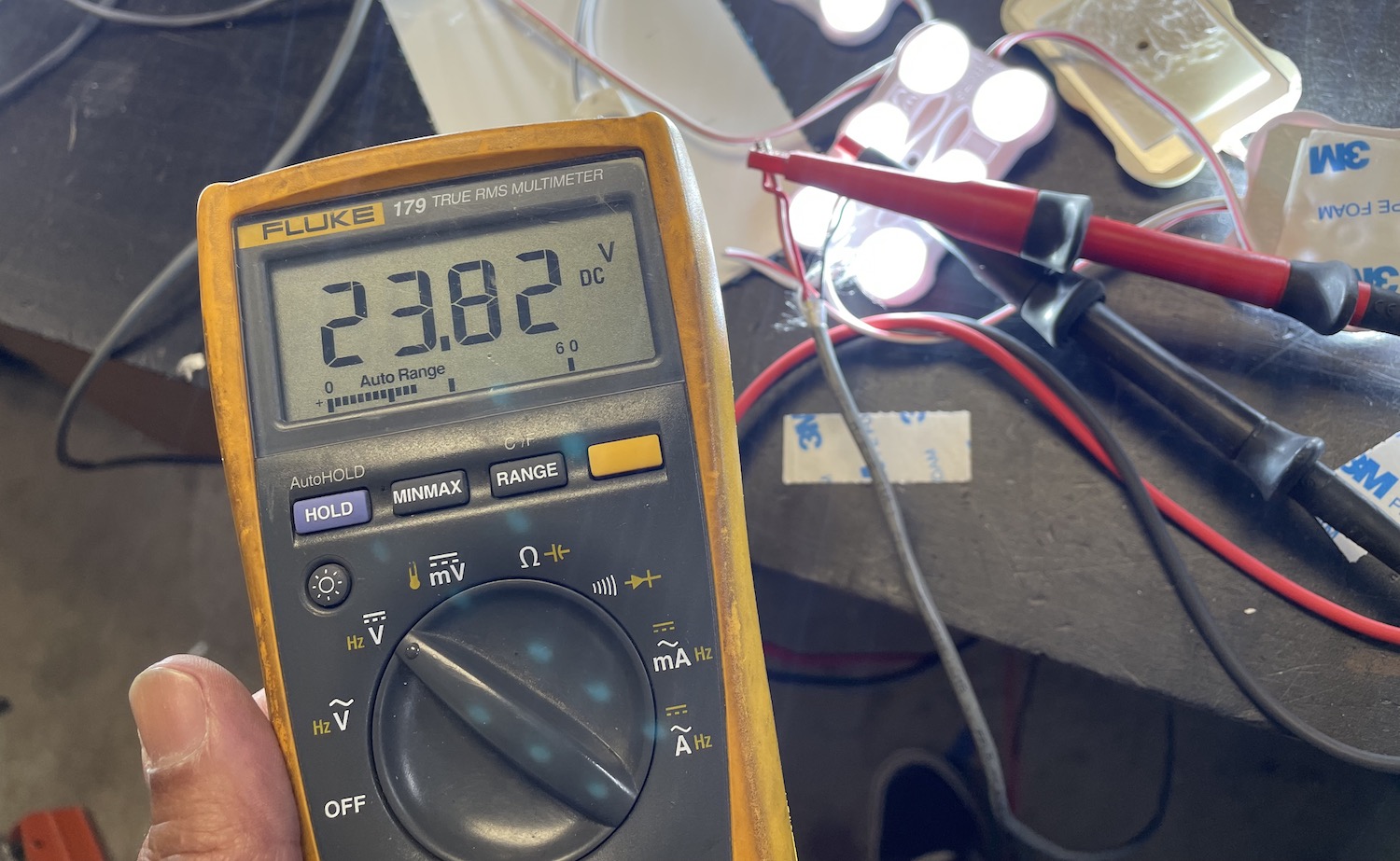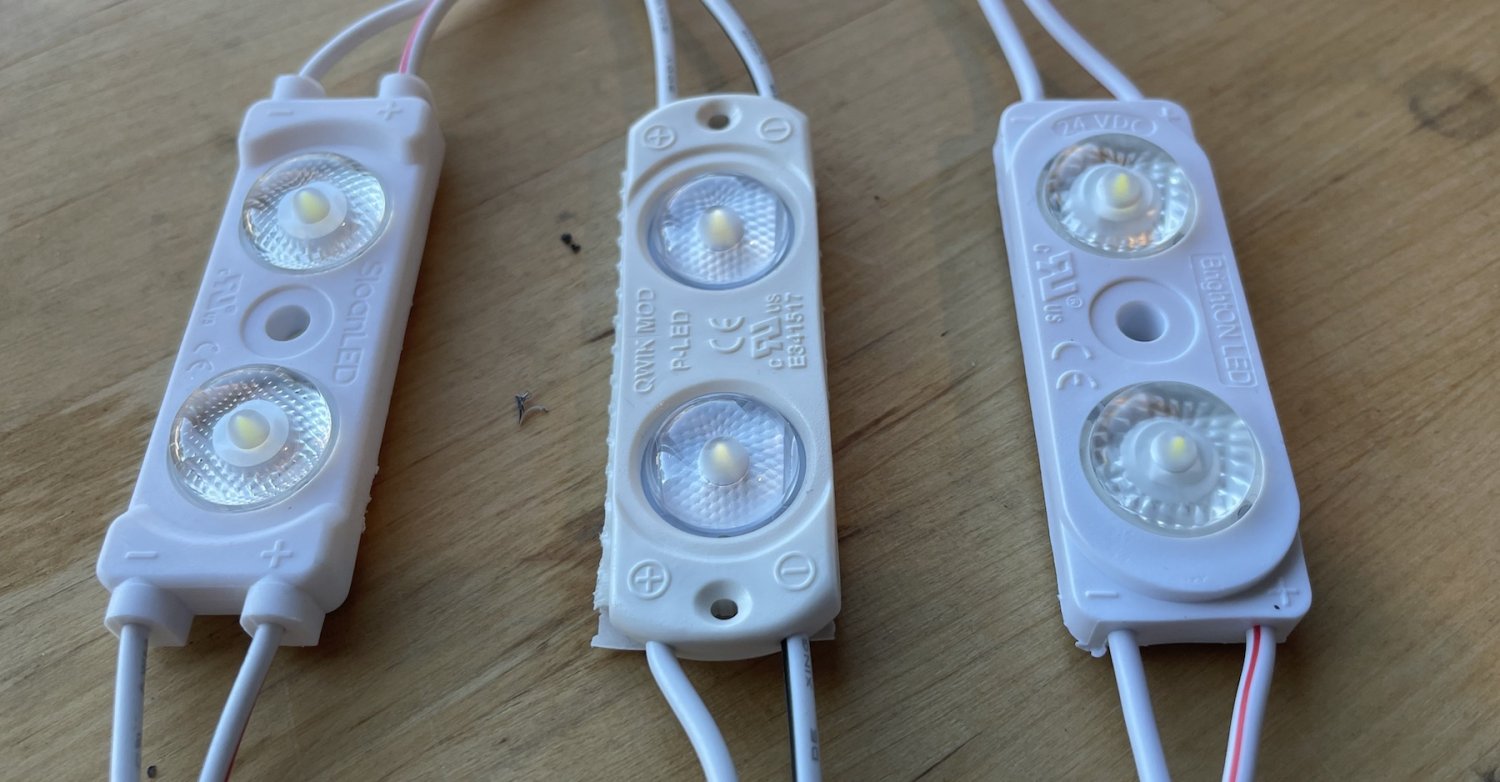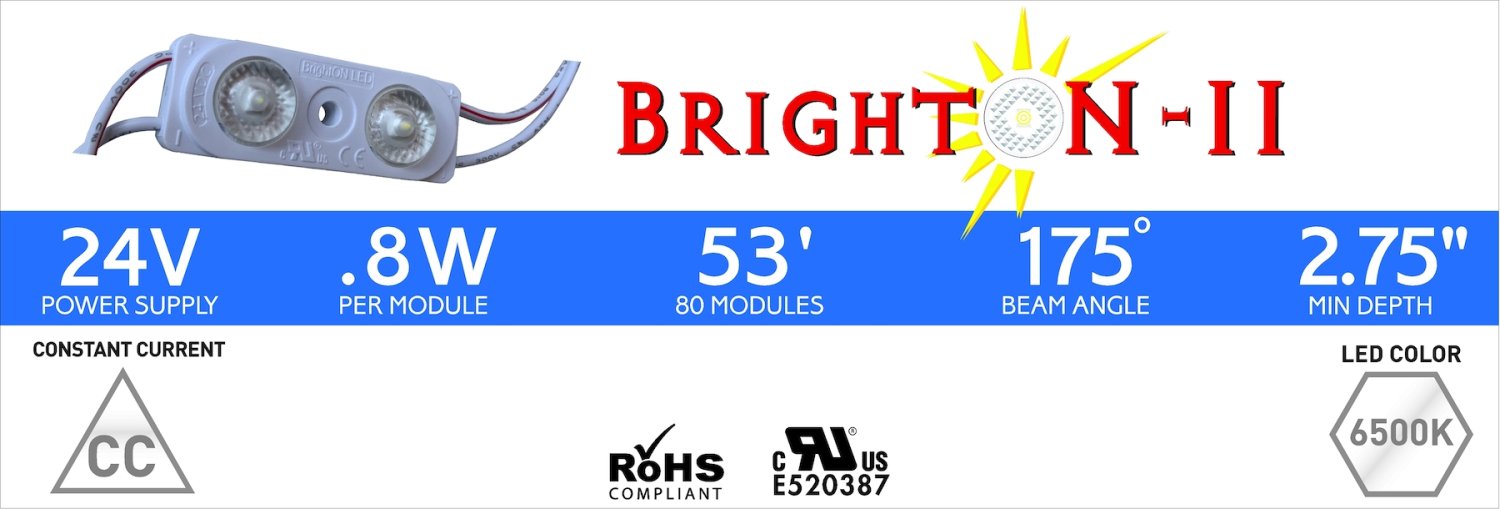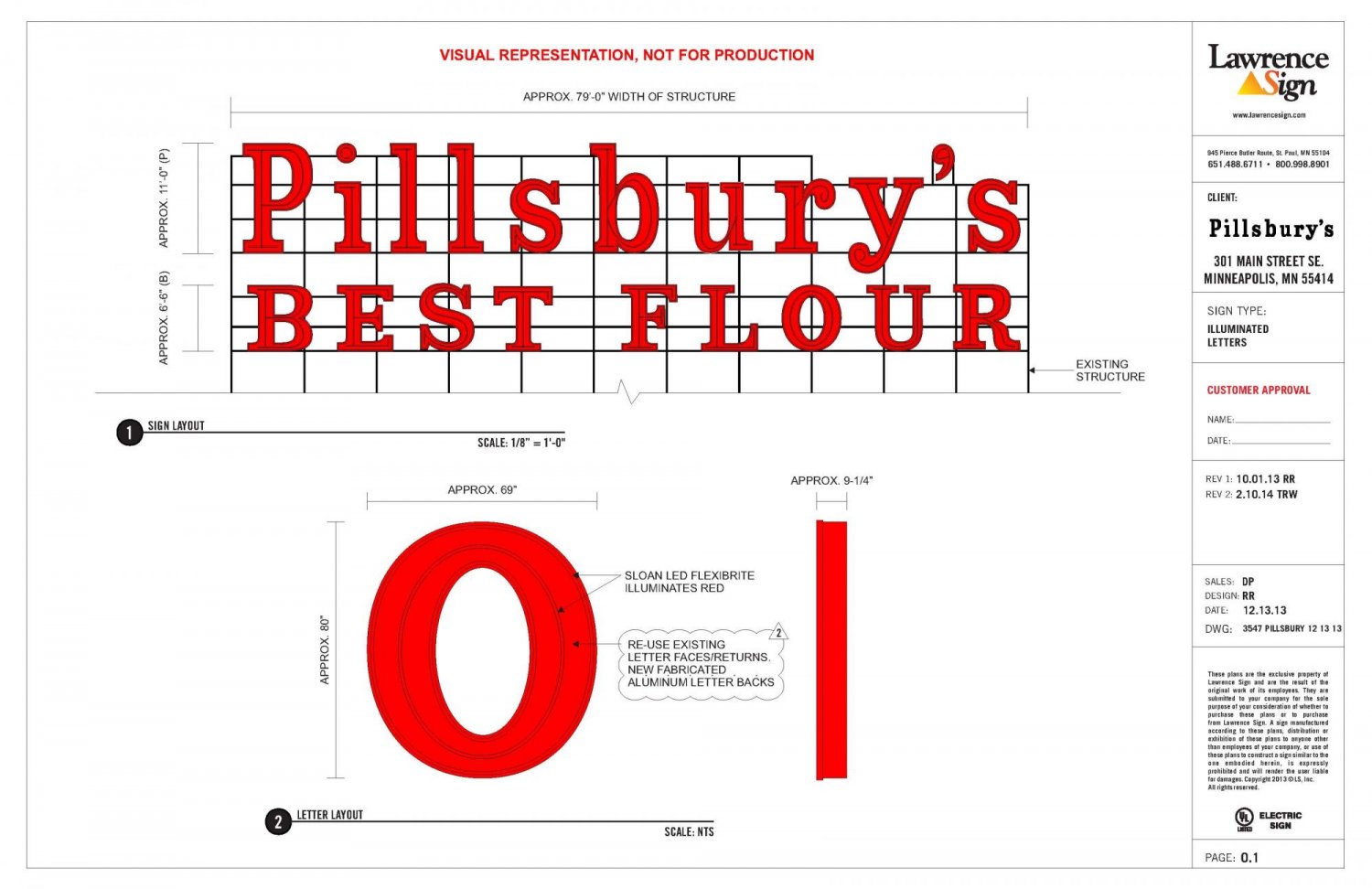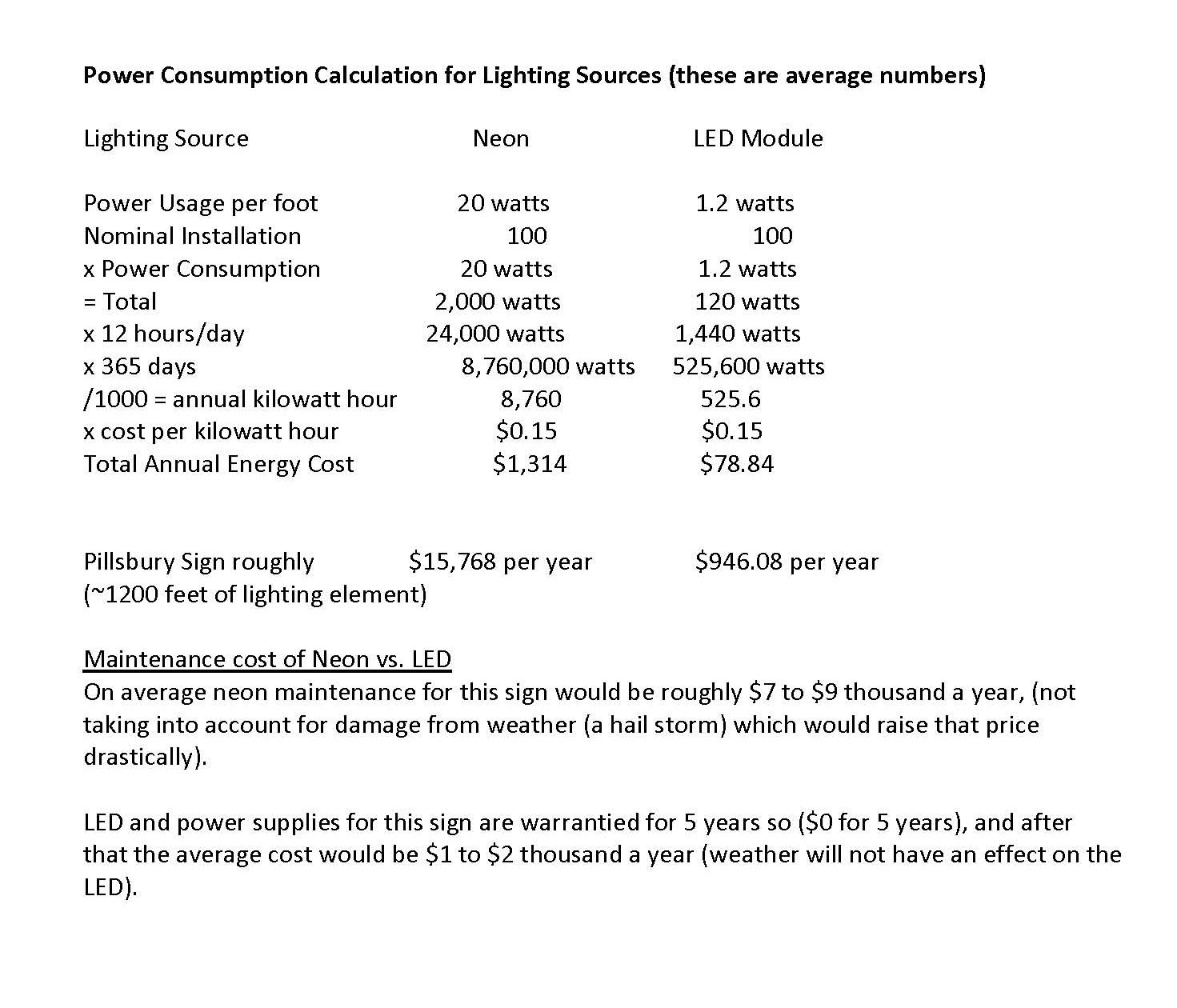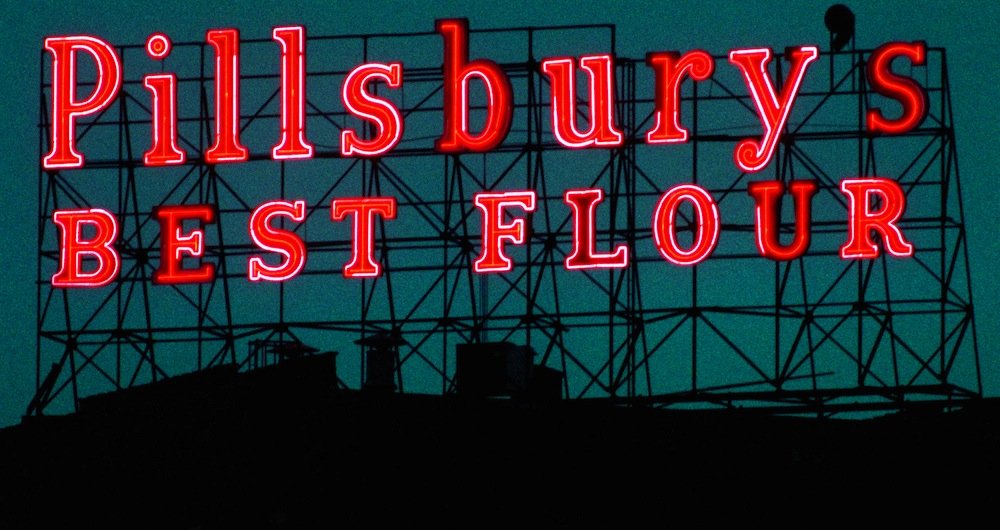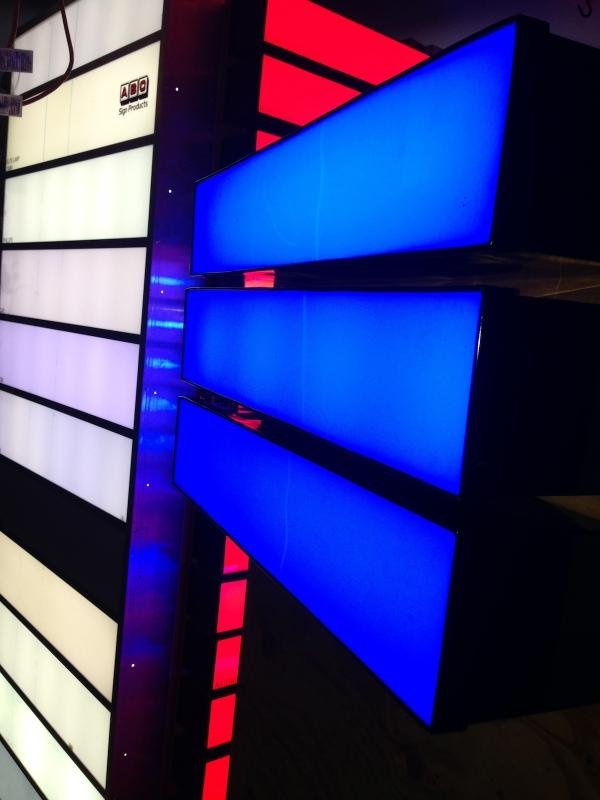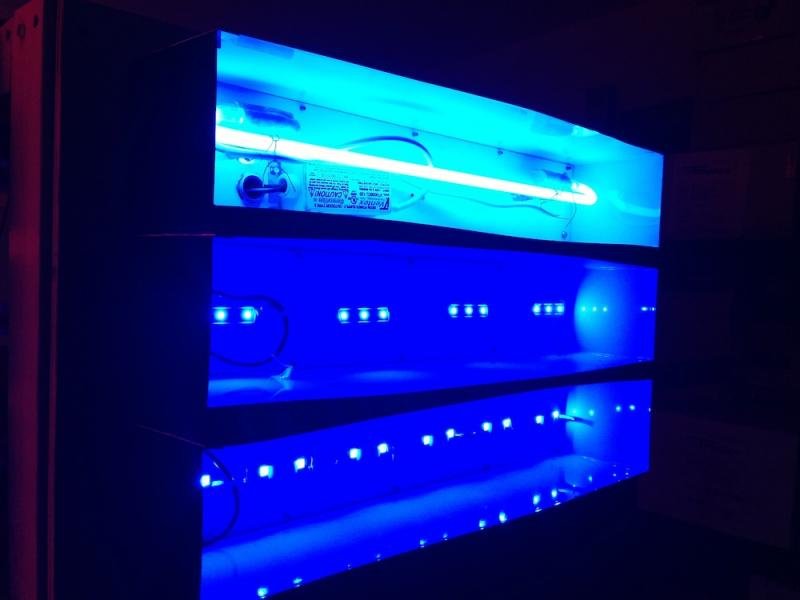ELECTRIC SIGN SUPPLIES
If You're Looking For Premium Electric Sign Industry Components From Trim Cap, LED's, Neon Supplies, Power Supplies, Pattern Paper. Then Please Visit Our Online Store or Feel Free To Call Us For Inquiries or Placing an Order!!
Buy Now
SIGN INSTALLER MAP
Looking for a fellow Sign Syndicate Company Member For A Sign Install or Maintenance Call?
Click Here
For Sign Company's Who Work As Subcontractors
Before You Work For A National Sign & Service Company You Need To Look At The Reviews Of These Companies Before You Work For Them. Learn When To Expect Payment From Them and What It's Like To Work For Them, The Good, The Bad, The Ugly. Learn and Share Your Experiences Yourself For Others
Click Here
Search the Community
Showing results for tags 'Sloan'.
-
So….What makes the High-End BrightON LED Series Kick Ass? Well.....we'll show you! Let’s go over a few quick specs first and how they differ from a few of the major brands out on the market right now. For this purpose we compared the BrightON II to Principal’s Qwik Mod2, and Sloan LED’s Value Line 4, or VL4 as most know it as. The Shoot Out Sloan LED Value Line 4 (Left), Principal LED Qwik Mod (Center), BrightON II LED (Right) The Benchmark Comparison Details Each Channel is 24” L x 4.25” W x 5” Deep. Why 4.25” Width? Well, because the standard told you that each stroke of Neon should hold for 4”, at 6” or 8” you would add another. The acrylic face is just a simple 1/8” #7328 MC White. The module spacing for all modules is also the same at 6.5” OC The first thing you should know is that the BrightON II is Constant Current Module, NOT Constant Voltage. Both the Qwik Mod2 and VLT 4 are Constant Voltage. We’ll get back to this part in a bit, and maybe we will follow through in a separate article when it comes to CC vs CV and what the pro’s and con’s are. The BrightON II uses 18AWG for the module system wiring, the Qwik Mod2 and VL4 both use 20 AWG, so they will both incur some voltage loss in longer string strands, especially if it's s shop who likes to load 30 to 50 modules on a single string, this 20 AWG wiring doesn’t not help a Constant Voltage LED System, this works against it. The BrightON II is 24V, the Principal LED Qwik Mod 2, and Sloan VL4 LED modules are 12V. With 24V you have half the current flowing across the system, which in turn means less heat and resistance than a 12V system. This also means, longer life. The BrightON II is .8 watts per module, the Qwik Mod 2 is also .8 watts per module, the Sloan VL4 however is a higher wattage module at .96 watts. Usually higher wattage means higher light output. The Surface Lighting Results Since we’re in America, we’re using Foot Candles to measure Light Output, in a measured off area on each acrylic face (6” x 4.25”) we use an ExTech Light meter to measure the High and Lows, just like we have done in all past Benchmark Lighting Comparisons such as The Great White Hope, The Red Light District, & Blue Light Special. We add both measurement (High's & Low's) numbers together and divide by 2. i.e. FC High of 232 + FC Low of 226 = 458 FC. 458 FC / 2 = 229 FC, or 229 Foot Candle Average. As you can see, for the same power modules, the BrightON II is 29% brighter on the sign surface (Luminance), and 17% brighter than the higher wattage Sloan VL4. Lastly, let’s look at the Foot Candles Per Watt. This is the amount of light per watt on the acrylic or sign face surface. This illustrates the efficiency of each module, or light output per water being consumed. Depending on the quality of the chip, some will produce more light than others consuming the same amount of power. The BrightON far exceeds the Principal Qwik Mod 2, and the Sloan Value Line 4 in light efficiency. Constant Voltage Now let's talk about the Constant Voltage LED System and how it affects Sign Applications and Projects. CV LED modules only use Resistors to protect the system, this is minimal. Sometimes LED Power Supplies can kill these Systems especially when not loaded right. A lot of LED PSU's (LED Power Supply Units) vary in the voltage out, or secondary. Some Secondaries can output about 12.15 to 12.24, sometimes slightly higher. That fraction of a volt makes the LEDs run hotter and the brightness of the LED goes up beyond the intended purpose. Also, if you light a string of say 25 LEDs, the first module takes a bigger hit than the last LED module on the string, also the light output of the first module is brighter than the last. You will have inconsistent lighting of LED modules on long strings when it comes to CV Modules. Fractions of a volt dim the LED modules from string to string or Jump to jump. Simulation We simulated this small sign using 18 AWG wiring hooked up to measured LED Strings. We took a 12V PSU and hooked it up to three groups of LED Strings with Similar Loads to represent individual channel letters I also drew up a illustration to show you what we did for our benchmark test, and what his benchmark is representing. If you look at PSU 1, you'll notice that like most of how these signs are installed, the PSU goes to the first two letters of a group we'll call Jump 1, which is about 5' to 6' secondary cable length coming from the LED PSU, and extension or jumper to the second group also 6' cable length, and to the third also 6' from Jump 2. We took a volt meter and measured what the voltage was at each jump point. Keep in mind, this much smaller than how signs are installed in the field, the secondary wiring used to crimp led string in letters then to jump points ins much longer as we all know, jumps are also much longer. But this is a simple bench mark, we're not going extreme. Jump 1 Voltage Measurements 11.89 Volts Jump 2 Voltage Measurements 11.66 Volts Jump 3 Voltage Measurements 11.62 Volts So, now that we have our voltage measurements of each jump, we'll use those voltage numbers to illuminate a channel to show you how the light output is affected using by the voltage drops on a CV system. We used a LED power Supply where we control the voltage, also using a ExTech Light meter. Jump 1 @ 11.89 Volts = 240 Foot Candles Jump 2 @ 11.66 Volts = 226 Foot Candles Jump 3 @ 11.62 Volts = 224 Foot Candles Like I said, this is a smaller version than what can happen in the field of installation where there is longer runs and jumps of secondary cable. It's common to see 11volts at some points or jumps. If we take this power supply down to simulate 11 volts, the light output drops to 190 Foot Candles. Now let's go the other way, let's go 12.24 Volts. 260 Foot candles, and climbs with each fraction of a volt up. Not good for LED Modules Constant Current With Constant Current LED systems, each module has a current regulated by having an on board CR Chip. What this does is govern the current, in short....it's extra protection. How it differs is, unlike CV LEDs, where the last LED module on a string of 25 will be just as bright as the first module on that string. Also, going over the intended voltage will not affect the light output or life that it will with CV LED. CC LEDs assure consistent brightness throughout your sign, and longer life than a CV LED Module where they can be overdriven Let's show you the second part to this illustration and benchmark The 24V BrightON II Content Current LED Module Simulation Jump 1 Voltage Measurement 23.95 Volts Jump 2 Voltage Measurement 23.82 Volts Jump 3 Voltage Measurements 23.82 Volts (No Change) Now for the light output Jump 1 @ 23.94 Volts = 334 Foot Candles Since Jump 2 & 3 voltage measurements @ 23.82 Volts the light output is the same at 333 Foot Candles The drop in light was so minimal with a fraction of a volt it took us going down to 22.5 volts to see any kind of significant drop in light. Let's go the other way and drive the string to 27 volts. No affect on light output There has been a lot of questions about CC and CV LEDs in our industry and how it affects signs in the field, so I hope this answers some of those questions. This is why the High-End BrightON LED Line really KICK ASS! The complete LED line is Constant Current, both 24V & 12V Modules, The BrightON II, IV, and SunFire are all 24V. 24V allows users to load more LEDs on a single channel / PSU Unite to 96Watts over a 60W Channel / PSU. You also have half the Current, Resistance & Heat of that of a 12V system. As you can see from the comparison above, you get more light for the same power as other LED manufacturers and at times higher wattage modules. That's Efficiency! The BrightON LED line is also very Under Driven, where as there drive theirs to peak to achieve certain light output, and this will lessen LED Module Life.
-
With Principal LED and Sloan's V-series (value line) LED lines hitting the market at extremely low pricing I noticed a surge in shops literally flocking to save on peanuts. Here's a warning, be weary....It seems like Principal LED has taken a large step back in LED module quality as all their LED modules have gone all Constant Voltage.....no longer Constant Current. Sloan's newest Value 4 line....the 2LED Module is now .96 watts per module with modest light output for that power....this module is also Constant Voltage Not Constant Current. My thoughts on Sloan is for a high wattage module for modest light, it means the chip quality is not very efficient (Light output for power in). They're having to pump in more juice to get more light. More power means more heat, more heat is what kills LED life. Constant Voltage Modules have no current regulation, their dependent on resistors and light output for the first module on a string is brighter than the last on that same string. Constant Voltage Modules have a much shorter life than a current regulated Constant Current LEDs, where all modules on a string are equally bright. An efficient LED chip will put out more light for lesser power, the lesser the power the longer the life. Hold on to those long warranties....if they're still valid. You'll have a lot of paperwork to fill out and keep track of Sometimes companies get so large they end up using their name to sell products for products that use to be better.... Just some thoughts and opinion
-
The Assault of our "Traditions" In another topic I started a week back or so is below but now I'm continuing in a new thread, because...jokes aside. http://www.thesignsyndicate.com/forums/index.php?/topic/6677-pillsbury-dough-boy-makeover-and-93-saving/ Something big has changed, a more understanding behind the news article. A look into "Sign Mythology" See Sign Proposal from Lawrence Sign below: wcms1p-122428.pdf It's not very often, but I just read this a short time ago and I have to say my stomach dropped, you know that sick disgusted feeling you get right there in the center of your stomach? I'm attaching a document that was made public on another site thanks to Mike for making it public. If this doesn't sicken everyone in the electric sign industry I don't know what will, and this should. There is something that everyone in the electric sign industry should uphold no matter what light source you prefer or what your opinion is on applications. I'm speaking about upholding our traditions, and never giving them up to mis-characterization and mis-information. Neon has been around for a long time and there a place for it like everything else in life based on it's own merit and function in upon which it serves. Neon is also a tradition, OUR tradition no matter what you produce in this trade! You may have not been in the electric sign industry for a long time, you may be relatively new, and you may have never even touched, fabricated or installed any before ever. But that should not keep you from appreciating it's function and pure elegance. Right now it's being assaulted, mis-characterized, and outright LIED as a whole, just to make a buck for something that will not last as long as it can. There is a time and place in everything when it comes to the electric sign industry but Flexible LEDs should NOT be used to replace a historical sign, especially when the person doing the push sell of a repair or retrofit is doing so with false information and mis-leading the buyer. Well, that's what Lawrence Sign is doing right now. It's one thing to read an article online or in a newspaper, it's another to see a proposal from seller to buyer in print with false information which does nothing but desecrate and annihilate our traditions, that they themselves are apart of. LED Flex Strips do not have usable light at 100,000 hours. Red LED's degrade in light, Red pumped Neon does not. Red neon does NOT consume 20 WATTS per foot, that's ABSURD!!! That diameter neon lamps for that size project consume 3 to 3.5 watts per foot. it does not take $15k a year in cost of operation vs $1,000 a year to convert over to LED Now that we have a real proposal to go off of we can calculate/estimate the cost of operation. We can estimate that with the 11' letters have approx 93 feet of Neon (3 rows inches x 8.5), the lowercase and small capitals have 56' of lamps = 1,258' of lamps 1293' x 3 watts per foot = 3,774 watts 3,774 watts x 12 hrs x 365 days a year x $.15kwh / 1000 PC = $2,479.50, NOT almost $16,000 in annual cost of operation When it comes to the supposed "Yearly Maintenance" I don't even have a comment on that part, it just gets more ridiculous. If hail is a big concern for breakage then clear polycarbonate can come in real handy. So can hinge system. A Industry as a whole, this sign trade needs to care no matter what your preference is and how long you've been in this industry, as someone new to it, 2nd, 3rd generation....otherwise we will loose a big part of who we are and we shame those who came before us, we shame those who started our grand traditions. It won't come from our leadership in the form or associations, their just as guilty if not enablers of mis-information and mis-characterization of our traditions. The trade magazines? Just as bad, only trade magazine that actually reports now and IS "journalism", is "Signs of The Times". In the end, it's about how you and I conduct OUR business, how we sell to our clients, and how we want our "Signs" left behind. We're forgetting why we came into this industry, what it is to look back at something long after we put it up, long after. Lately it's just been bastardized by outsiders who just want to take our trade and traditions and turn it into a cheap commodity all because THEY have something THEY want to sell to us, we can even go a step further to say what THEY want force on us and what THEY want forced upon the end user. Integrity - To do what's right and not what comes easy, even when no one is looking. Traditions - It's who we are, and what we want to pass on to those after us.
- 21 replies
-
- 1
-

-
- Misinformation
- Mischaracterization
-
(and 7 more)
Tagged with:
-
Posting some advance pics of our newest light test, "Project Blue Light Special" This will be a smaller test than the Red Light District, mainly because there aren't that many Blue LEDs readily available unless you buy direct or pay for a special order. All Sign Syndicate Board Vendors are welcome to join in and submit their light sources. So far the specs are: (Updated 05/30/13) 2051 Acrylic blue, Makrolon (Sheffield) Polycarb 2051 EGL Horizon Blue (12mm) SS Lights LEDs (Insem) *Sloan V-series (Non-Willing Participant) NC LED AA LED Powered by Ventex (Neon), and Axiom (LED) power supplies We'll do the first test numbers this week and it will be available to all just like we announced http://www.thesignsyndicate.com/forums/index.php?/topic/6247-the-sign-syndicate-light-tests-special-announcement/
-
The New November results are out! The Great White Hope - The High Powered white Neon & LED comparison (25,000+ Hours) - This month we added some products from our Board Vendors, International Light Technologies new LED line as well as LumiText's new LumiString Project Tighty Whitey - The Mid and Mini White LED only comparison (18,000+ Hours) - This month we dropped a major manufacturer and added a whole bunch of Board Vendors LEDs. International Light Technologies, Lumitext's LumiString, EGL's Veritas, and Ventex's slimline. Also adding as a Non-Willing participant, SloanLED's "Value Plus, and V-180 series" The Red Light District - The Red Neon & LED comparison (12,000+ Hours) - This month we also from our Board Vendors we added EGL's Veritas and International Light Technologies LED lines Border Security - The Neon & LED Border Tube comparison (2,600+ Hours) - Interesting results this month. Maybe to be expected and not to be expected? I think we have to keep a close on this test.
-
- Great White Hope
- Project Tighty Whitey
- (and 7 more)
-
On 2/16/2011 on N. Glantz's FaceBook page there was a question raised on their wall by a client or fan of theirs. They were asking if there was any sources they could go to to obtain information on benefits of energy savings using LEDs vs Neon in channel letters to show their clients. I pointed to some links here on some threads with various info. N.Glantz replied back pointing that person to Sloan LED's calculator. I then replied back after using the calculator that it was a pretty accurate compared to most that I've seen. I then set up a quick ROI calculations using the GW3 modules with neon on a set of 10 channel letters, and what the basic costs were, the ROI was something like 15 years or so, something like that it was long term. Letting the person know that using that particular module, it wouldn't benefit savings on energy annually because of the upfront cost. Now the post on their wall was deleted. That's not very nice. Was it something I said? Maybe if I would have plugged in JT LED's it would have stayed, but then we would get into a brightness issue as well. Some people just don't like the truth when it doesn't benefit them, what TRULY happened to standing behind what you sell. just because it was a higher cost vs neon for CL's doesn't mean it couldn't be used for something else in another application, or on a high rise building and such. This industry of ours, sometimes. How many more days till Vegas do we have? I need a beer.
